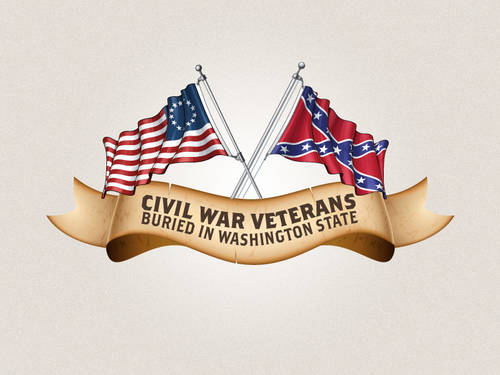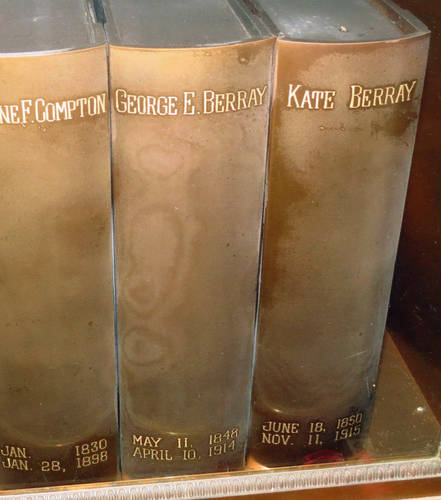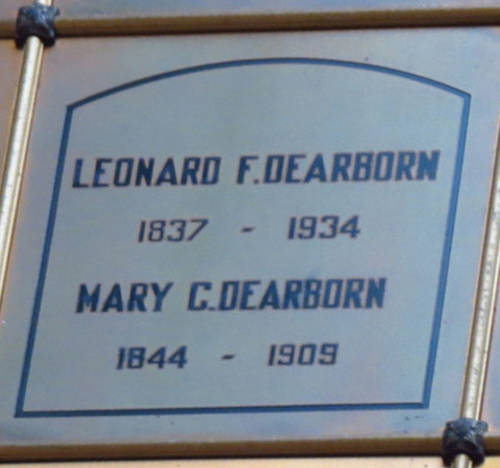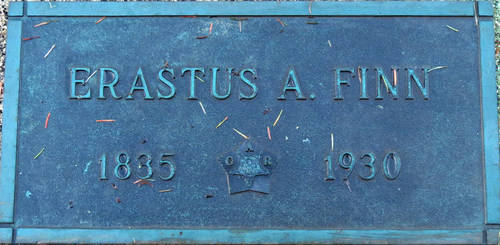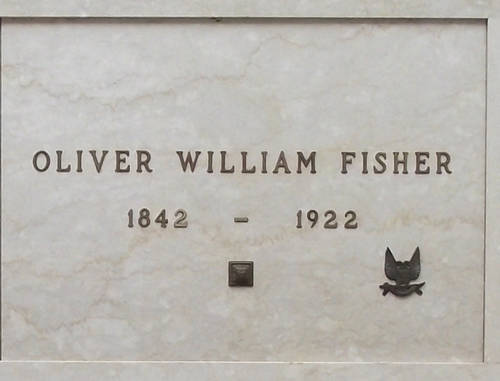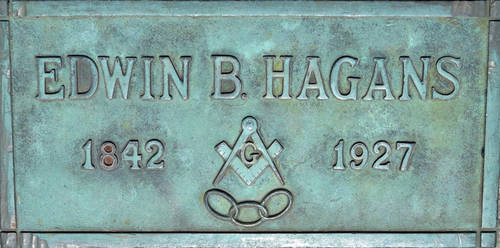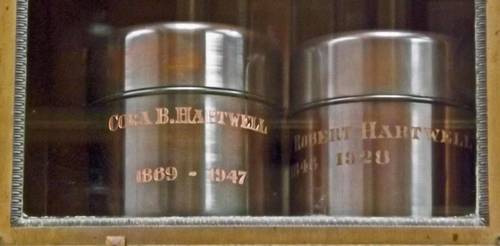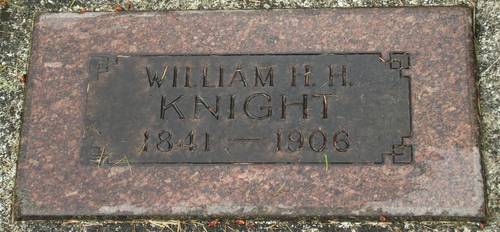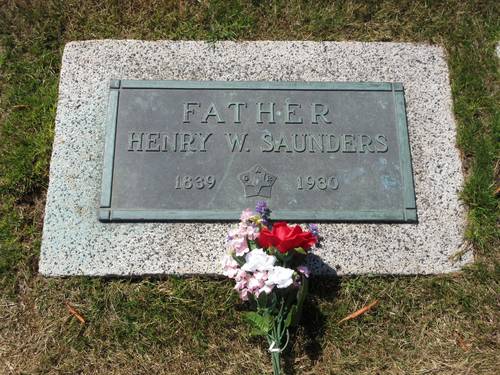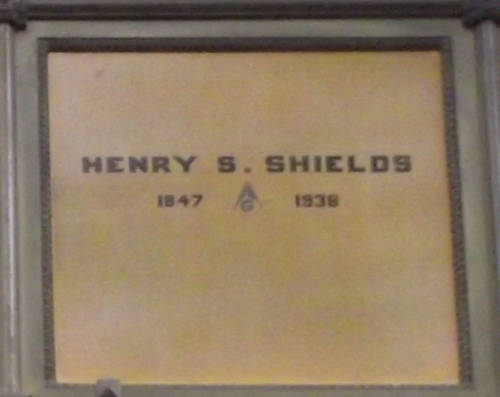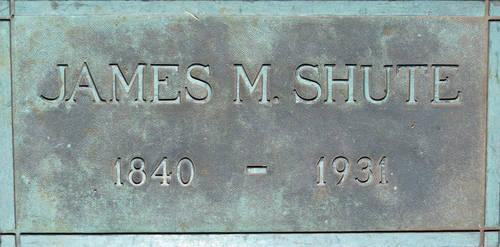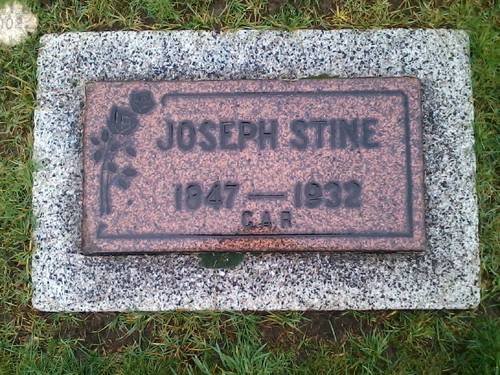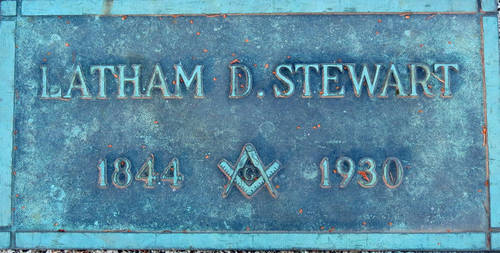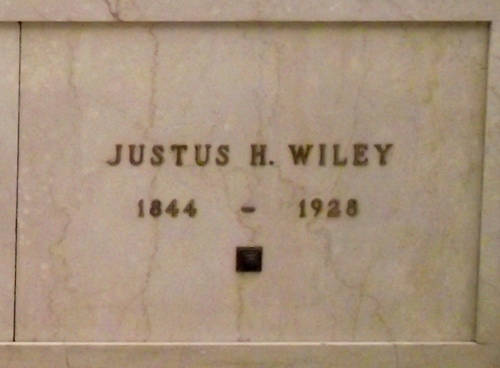Acacia Memorial Park Cemetery
14951 Bothell Way NE
Lake Forest Park, King County, Washington 98125
206-362-5525
History
In Masonic tradition, the acacia tree symbolizes the promise of rebirth. In 1926, the Greater Seattle Masonic Lodge established Acacia Memorial Park. The following year, the Lodge sold the cemetery to Fred Burnaby and his family. Mr. Burnaby had strong Masonic roots. Mr. Burnaby, his wife, and one of their daughters are interred at Acacia. The original gardens in Memorial Park were designed to form a Celtic cross when viewed from above. Construction of Acacia’s original mausoleum began in 1928, and the first phase was completed in 1931.
After Mr. Burnaby passed away in 1959, his son-in-law, retired General William Millington, took over management of the park, maintaining ownership until it was sold to the Canadian Louwen Group in 1998.
The cemetery is expanded
Development continued until 1972, resulting in a structure that spans 3.5 acres and is illuminated almost entirely by natural light. This natural light enters the building through leaded glass skylights and 29 exquisite stained glass windows, which feature geometric designs, flowers, and religious imagery. Notable architectural elements include Gothic design, stained glass ceilings protected by fiberglass, and Italian marble pieces that were meticulously numbered before installation, ensuring a cohesive look throughout the structure. The newer Lakeview Mausoleum began construction in 1977, with its first phase completed in 1979. This two-story mausoleum features a center atrium with a Japanese garden, a waterfall, and a reflecting pool.
Visitors are encouraged to explore the impressive Acacia mausoleum, where a glass exhibit case at the entrance displays a hand-carved replica of the Taj Mahal. Built by Mughal emperor Shah Jahan for his beloved wife in the mid-1600s, this model helps clarify the concept of a mausoleum for visitors. While the Acacia mausoleum may not rival the Taj Mahal in grandeur, it is impressive in its own right. The corridors are named after flowers such as Lilac, Rose, and Azalea, housing 7,730 crypts for caskets and 9,500 niches for cremated remains.
Acacia Memorial Park cemetery
Today, more than 70,000 people are interred in the 63-acre cemetery (including 10 that are undeveloped), making it one of the few remaining large green spaces around Seattle) which is home to sequoias, spruce trees, century-old redwoods, and various other species. This makes it an educational destination for horticultural classes. The park’s serene atmosphere invites visitors to reflect on life and death while searching for the graves of notable individuals, including Microsoft co-founder Paul Allen, long-time Washington senator Warren Magnuson, and famed test pilot Edmund “Eddie” Allen.
Acacia Funeral Home is built
Opened adjacent to the cemetery in 1964, Adams and Morrison ran Acacia Funeral Home until it became a sister location to the cemetery in 1999. In 2000, the funeral home was renovated. Local artists were hired to design custom glass doors and windows. Updates in 2007 included the installation of an audiovisual suite. Acacia Memorial Park and Funeral Home are now members of the Dignity Memorial network of funeral, cremation, and cemetery service providers.
Although Acacia Memorial Park is often associated with Seattle, it is located in unincorporated King County, now part of the city of Lake Forest Park.
In 1926, the Greater Seattle Masonic Lodge established Acacia Memorial Park. In Masonic tradition, the acacia tree symbolizes the promise of rebirth. The following year, the Lodge sold the cemetery to Fred Burnaby and his family. The original gardens in Memorial Park were designed to form a Celtic cross when viewed from above. Construction on Acacia’s original mausoleum began in 1928, with the first phase completed in 1931. Development continued until 1972, and today, the original mausoleum spans 3.5 acres and is illuminated almost entirely by natural light. It features leaded glass skylights and 29 impressive stained glass works. Construction of the newer Lakeview Mausoleum began in 1977, with its first phase completed in 1979. This two-story mausoleum includes a center atrium with a Japanese garden, a waterfall, and a reflecting pool. Although Acacia Memorial Park is often associated with Seattle, it is located in unincorporated King County, now part of the city of Lake Forest Park. Today, more than 70,000 people are interred in the 63-acre cemetery, home to sequoias, spruce trees, century-old redwoods, and various other species, making it an educational destination for horticultural classes. The park’s serene atmosphere invites visitors to reflect on life and death while searching for the graves of notable individuals, including Microsoft co-founder Paul Allen, long-time Washington senator Warren Magnuson, and famed test pilot Edmund “Eddie” Allen. Visitors should explore the impressive 3.5-acre Acacia mausoleum. A glass exhibit case at the entrance displays a hand-carved replica of the Taj Mahal, which Mughal emperor Shah Jahan built for his favorite wife in the mid-1600s. The staff shares that this model helps clarify the concept of a mausoleum for visitors. While the Acacia mausoleum may not rival the Taj Mahal, it is grand in its own right. Corridors named after flowers like Lilac, Rose, and Azalea house 7,708 crypts for caskets and 9,500 niches for cremated remains. Natural light fills the building through leaded glass skylights and 29 exquisite stained glass windows adorned with geometric designs, flowers, and religious imagery. Mr. Burnaby, who had strong Masonic roots, laid out Acacia as a Memorial Park, and construction of the mausoleum began in 1929. Notable features include Gothic architecture, stained glass ceilings protected by fiberglass, and Italian marble pieces that were meticulously numbered before installation, creating a cohesive look throughout the structure. The final stages of the mausoleum were completed in 1971, resulting in a building that now contains 7,730 crypts and 9,500 niches, with over 17,000 lives interred within its walls. After Mr. Burnaby passed away in 1959, his son-in-law, retired General William Millington, took over management of the park, maintaining ownership until it was sold to the Canadian Louwen Group in 1998.
Visit the Acacia Memorial Park Cemetery Website